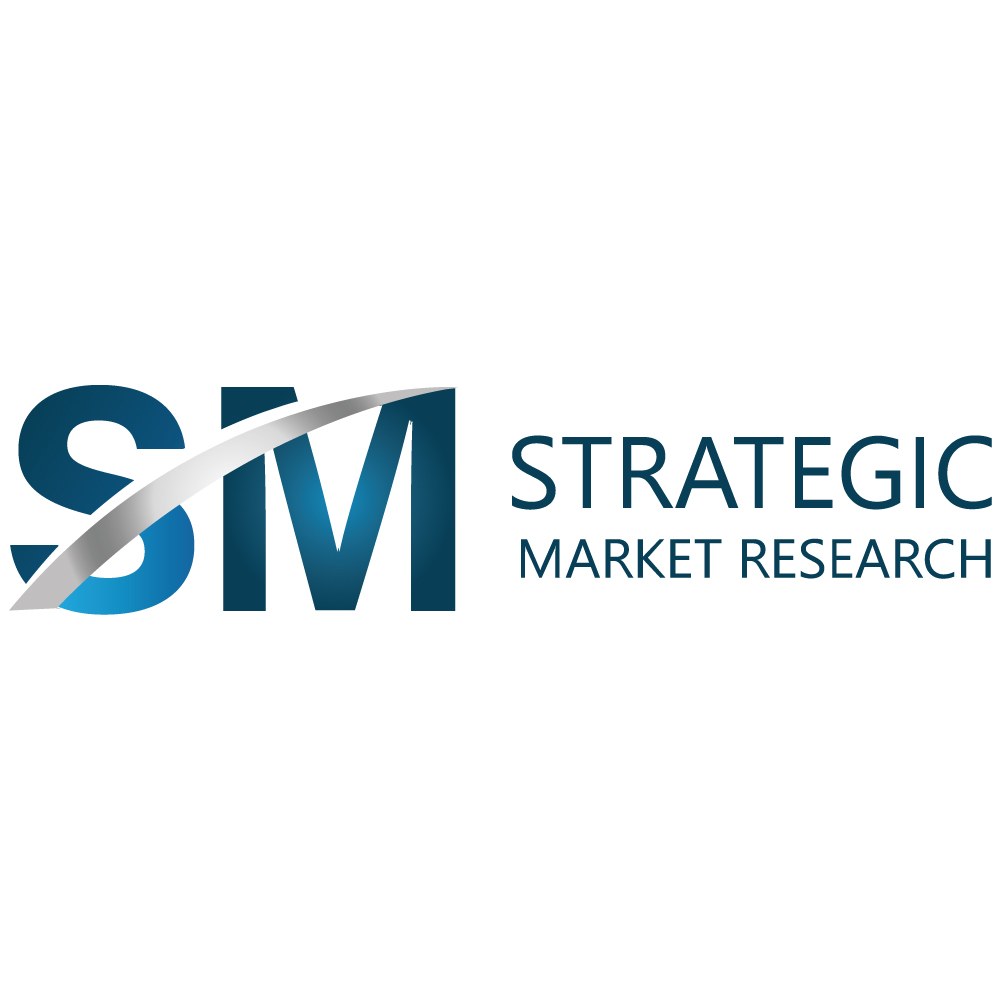Recombinant proteins market size report 2030 – A complete overview

DNA from several creatures is combined to produce recombinant proteins. The recombinant protein, which can be utilized to treat human disease, is frequently produced from a mouse, bacteria, or yeast. Because they may entail laboratory changes that have never been observed in the natural world, they are sometimes known as biotechnology products. Recombinant proteins can be delivered in a variety of ways, but they are often intravenously in a healthcare setting or orally for chronic illnesses at home.
The market for recombinant proteins in 2021 was USD 1.65 billion and will reach USD 3.93 billion by 2030 at a 10.12% CAGR during 2021-2030.
Recombinant protein products are being used more frequently in research and healthcare. There are significant unmet medical requirements, and breakthrough technologies are being used more widely, all of which contribute to this market’s growth. Additionally, customers are becoming more knowledgeable about the advantages of recombinant protein-produced biopharmaceuticals. Over the next ten years, these factors will fuel the expansion of the world markets for recombinant proteins.
Market Dynamics
Drivers
Because of the prevalence of chronic diseases, the number of R&D programs, and the favorable funding from the government, North America is predicted to hold a prominent position in the global market for recombinant proteins. Due to new goods and inventive biotechnology operations during the forecast period, it is also anticipated that Europe will rank as the second most productive market. In contrast, Asia Pacific is anticipated to have rapid expansion over the future years due to its capacity to invest in R&D initiatives and create novel medical technology.
Restraints
When numerous rivals enter a limited market and offer comparable items with little uniqueness, price erosion occurs. In these circumstances, the cost of such items appears to be gradually declining, which will impede the market’s expansion for recombinant proteins.
Opportunity
The Asia Pacific region will offer potential growth opportunities for market players in the upcoming years due to the region’s diverse healthcare markets, rising incidence of infectious and chronic diseases, and increasing R&D initiatives to develop novel proteomic and genomic techniques. China’s entire R&D spending was estimated by the National Bureau of Statistics to be 2.79 trillion yuan ($441.13 billion) in 2021, increasing at a rate of about 14.2% annually.
Market Segmentation
Product & Service Insights
In 2021, the product segment ruled the market with a 65.70% revenue share. The widespread use of these products, among others, in cancer, HIV/AIDS, COVID-19, immunology, and neurology has contributed to the segment’s expansion. Growth factors and cytokines also have a big impact on cancer studies.
Application Insights
In 2021, the therapeutics sector led the global market with the highest revenue share of more than 33.90%. As diseases like cancer, genetic problems, and immunological diseases become more common, there will likely be greater demand for protein-based treatments. Additionally, the World Health Organization (WHO) anticipates a considerable increase in cancer cases in the upcoming years.
Host Cell Insights
The market is segmented into insect cells, mammalian systems, yeast & fungi, bacterial cells, and other groups based on the host cells. In 2021, the mammalian host cell category led the global market with more than 41.70% of total revenue. The market for proteomics & biologics is growing, and mammalian protein expression is getting more popular.
End-User Insights
In 2021, the segment of pharmaceutical and biotechnology companies had the biggest revenue share. The bio-manufacturers have invested millions of dollars in R&D to expand their product pipeline, develop new technologies, and improve bioprocessing tools as a result of the trend toward biologics and biosimilars.
Regional Insights
In 2021, North America held the largest market share of more than 33.85% due to growing research expenditures, the availability of healthcare infrastructure, and the presence of several industry participants. Recombinant protein therapies are in high demand because they are one of the tested treatments for these ailments and one of the reasons why chronic diseases are expanding throughout the region. According to GLOBOCAN projections, 90,222 cancer-related deaths and 1,95,499 cancer cases were detected in Mexico in 2020.
The Asia Pacific region is also growing due to increased public and private financing for recombinant protein research and development, supportive governmental policies, and the escalating prevalence of target diseases among an aging population.
Key Players
- Abcamplc (UK)
- Merck KGaA (Germany)
- Eli Lilly and co.
- Thermo Fisher Scientific, Inc. (US)
- R&D Systems (US)
- Aviva Systems Biology
- Eli Lilly and co.
- Bio-Techne Corporation (US)
- Proteintech Group, Inc. (US)
- Janssen-Cilag Pty Ltd.
- ElpiscienceBioPharma
- GigaGen Inc.
- U Protein Express
The market for recombinant proteins in 2021 was USD 1.65 billion and will reach USD 3.93 billion by 2030 at a 10.12% CAGR during 2021-2030. Growth in the business is predicted to be fueled by the increased incidence of chronic disorders such as granulomatous disease, hemophilia, and sclerosis. Additionally, improved recombinant protein products, the growing preference for biologics and biosimilars, and other reasons contribute to the industry’s expansion.






